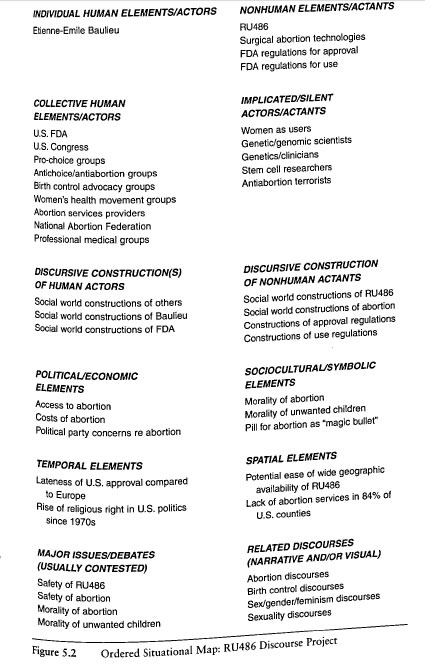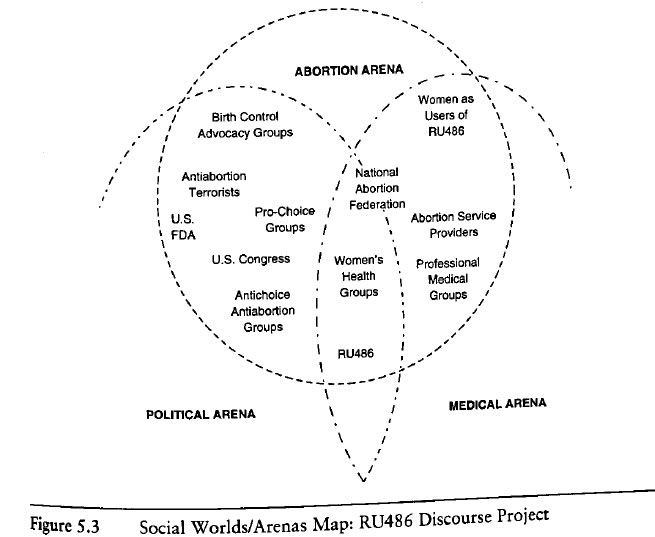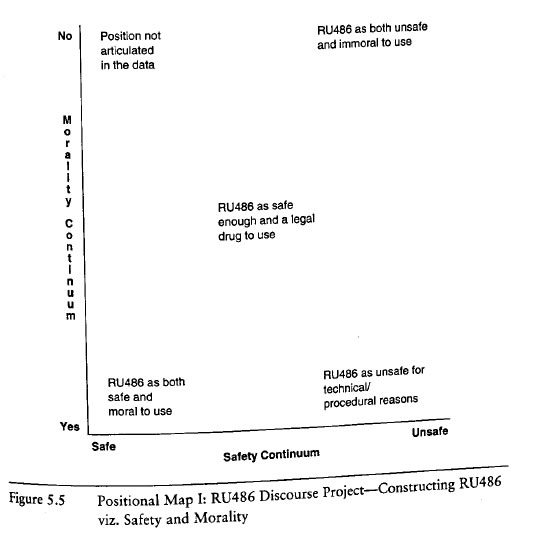Anselm Strauss (student of Harold Blumer, who coined the term "Symbolic Interactionism") with Barney Glaser developed Grounded Theory:
1) As in symbolic interactionism, one codes data to look for common "concepts".
2) Unlike the idea of dramaturgical metaphors or other structuralist or functionalist frameworks, the themes are not related to some external theory: rather the themes become the theory. This is accomplished via “axial coding” in which themes are examined for interrelationships (causal or otherwise).
3) In the next step you re-interpret your data using “selective coding” or “theoretical coding” which builds on the hypotheses that axial coding suggested.
4) “Memoing” are notes you take during the whole process, these too are important as resources, as iterative reflection is seen as central to the process.
Adele Clarke, student of Anselm Strauss, calls her version Situated Analysis – stressing postmodern dimensions (reflexive elements, eliminate claims to objective neutrality, include non-human actants). This example covers RU486, the birth control pill used as either emergency contraception or to induce an abortion.




